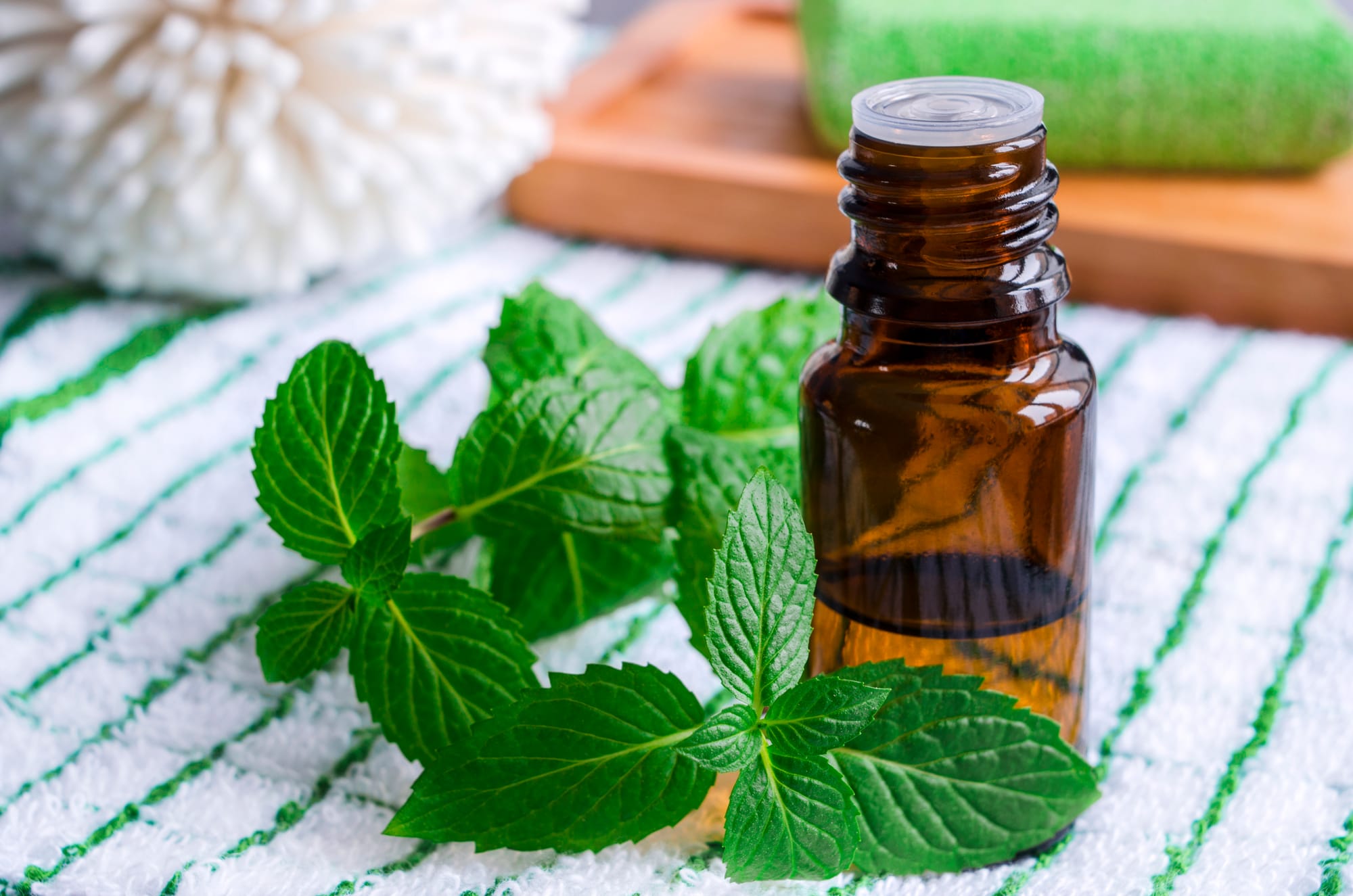Benefits of Peppermint Essential Oil Beyond Aromatherapy

Explore Peppermint’s Natural Support for Headaches, Digestion, and Respiratory Health—Plus Safe Usage Tips
If you’ve ever opened a bottle of peppermint essential oil, you know how refreshing and invigorating that first breath can be. But peppermint’s power goes far beyond scent—it’s a versatile oil that supports everyday wellness challenges like headaches, digestive discomfort, and respiratory congestion.
Let’s explore how to use peppermint essential oil safely and effectively.
1. Headache Relief That’s Cooling and Comforting
When your head feels tense or heavy, peppermint essential oil can offer a soothing sense of relief. Its natural menthol content provides a gentle cooling sensation that may ease discomfort and promote relaxation.
How to use it:
• Dilute in a carrier oil (like jojoba or fractionated coconut oil)
• Apply to the temples, back of the neck, or across the forehead
• Breathe deeply to enjoy its refreshing aroma and calm your senses
Tip: A personal inhaler or pre-diluted roll-on is a great way to keep peppermint close when you need extra support.
2. Digestive Comfort
Peppermint’s benefits for digestion are well known, but you don’t have to take it internally to feel the effects.
How to use it:
• Dilute and massage gently into the abdomen in a clockwise direction
• Breathe in the aroma to support ease and comfort after meals
• Pair with calming oils like ginger or Roman chamomile for added relief
This gentle topical approach can help reduce bloating, soothe occasional stomach discomfort, and support overall digestive ease, naturally.
3. Support for Clearer Breathing
Feeling stuffy or sluggish? Peppermint’s menthol can help open the airways and make breathing feel easier.
How to use it:
• Diffuse with eucalyptus or lavender for a soothing respiratory blend
• Add a few drops to a bowl of steaming water and inhale gently with eyes closed
• Use in a chest rub (diluted) to refresh and uplift
This is a favorite during seasonal changes or when you need an energizing pick-me-up.
Safe Usage Tips for Peppermint Essential Oil
Peppermint is powerful—here’s how to use it safely:• Always dilute before applying to the skin (1–2% dilution for adults)• Avoid use on young children, especially near the face or chest• Keep away from eyes and sensitive areas• Use with caution at bedtime—its energizing nature may interfere with sleep for some
Final Thoughts
Peppermint essential oil is more than a refreshing aroma—it’s a natural wellness tool that supports your body in calming, uplifting, and relieving ways. Whether you’re managing tension, digestive discomfort, or seasonal congestion, peppermint can help you feel more at ease, safely and effectively.
This information is for educational purposes only and is not intended to diagnose, treat, or cure any medical condition. Always consult with a healthcare professional before incorporating essential oils into your wellness routine.
Looking for personalized support?
I offer complementary 15-minute consultations to help you create a blend that fits your needs, whether for headaches, stress, anxiety, or something else.
This information is for educational purposes only and is not intended to diagnose, treat, or cure any medical condition. Always consult with a healthcare professional before incorporating essential oils into your wellness routine.
Affiliate Disclaimer: Some links in this post are affiliate links, meaning I may earn a small commission if you make a purchase through them, at no additional cost to you. I only recommend products I personally use and trust.
